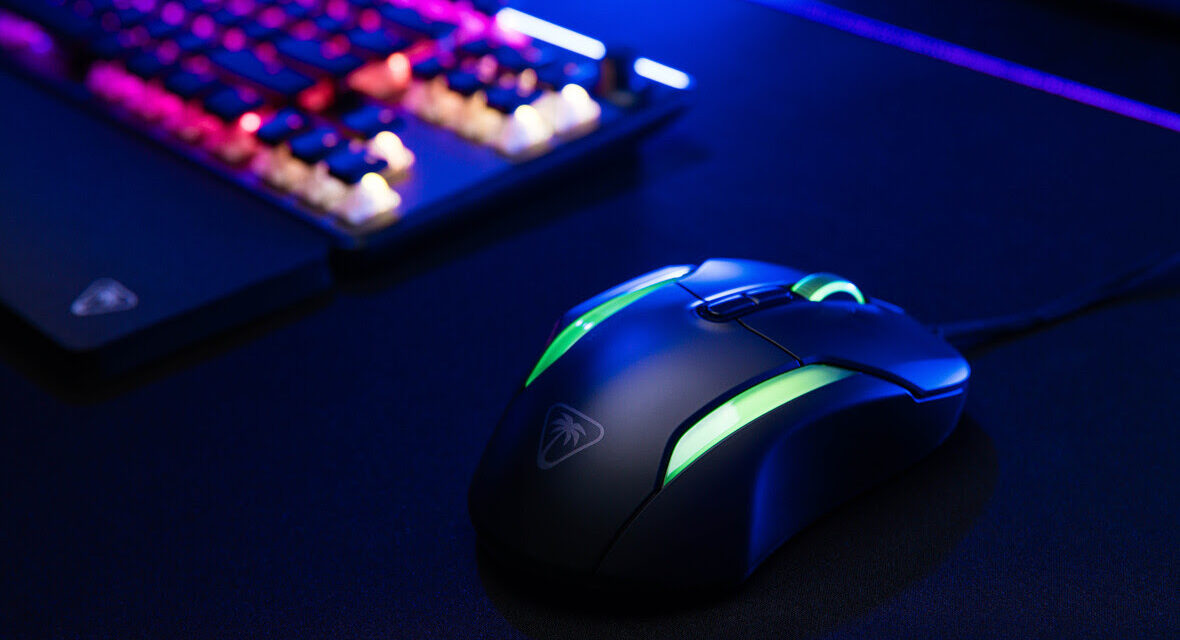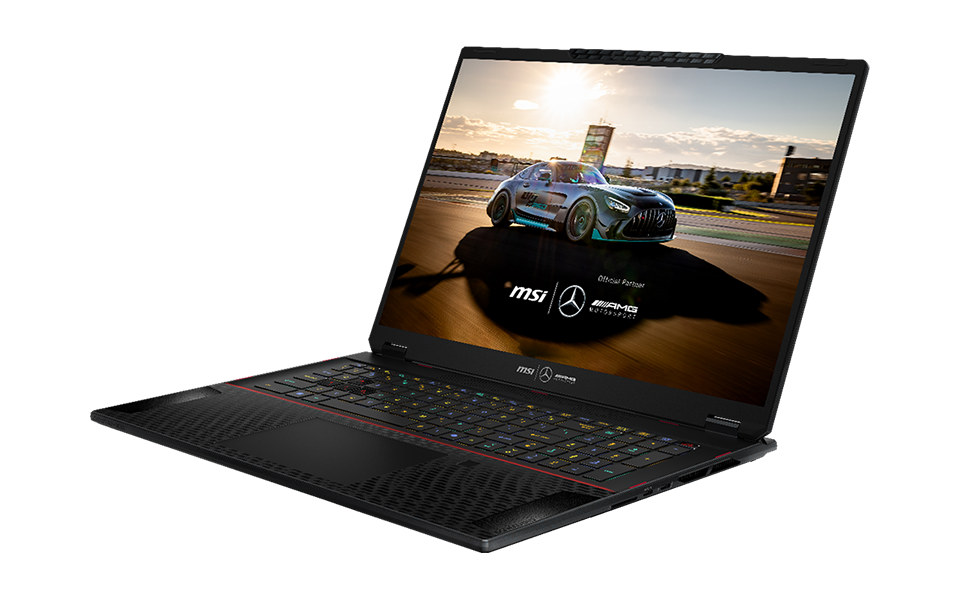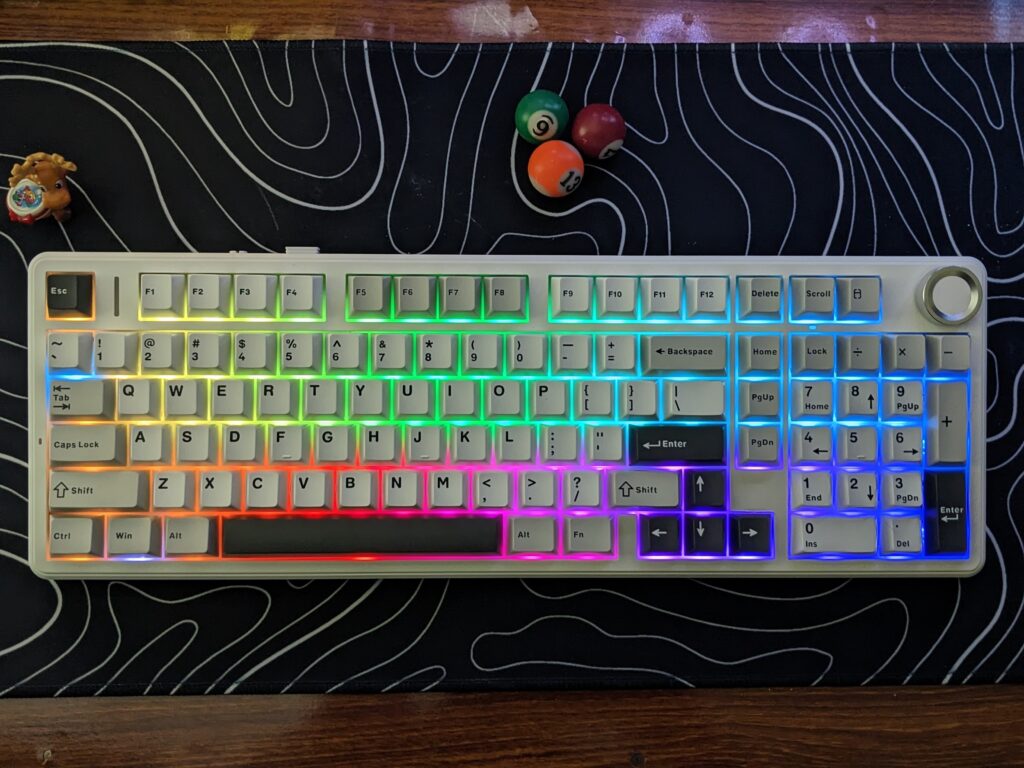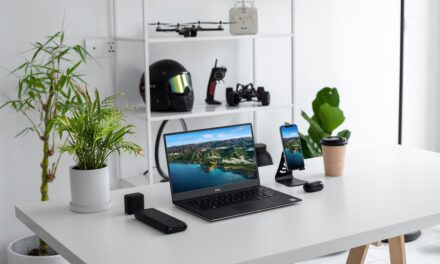
How to Build a Portable Gaming Setup

The gaming setup you have at home is first-class and, every day you get off work, you can’t wait to sit back in your comfortable chair and start gaming. But then you need to take a trip and you can’t take an entire room with you, so what do you do?
Simple – you need a setup you can take with you, and believe it or not, you don’t need to sacrifice quality for convenience. The right laptop and a few accessories can give you the same performance as your computer can but you don’t need to be glued to a desk to use it.
Keep reading and we’ll tell you what to get to be ready for action anywhere, anytime.
Choosing the Laptop

Gaming on the go really won’t work without a good laptop; it needs to be excellent. Especially the graphics card. Gaming laptops (usually) boast an NVIDIA GeForce GTX or RTX series GPU or an AMD Radeon RX series GPU. So that’s where you should start.
If you know anything about gaming (and you obviously do, otherwise you wouldn’t be here), you know that the right laptop will make your game run smoothly; you’ll have responsive controls, and vibrant visuals, the game won’t stagger, and you’ll be able to run on max details (ok, maybe not on max details, but hey, it all depends what kind of beast of a laptop you have).
If you’re unsure of how a particular laptop might perform, it’s not a bad idea to check benchmark test results.
- Performance
What’s inside your laptop is what will determine how well your game will run. A high-performance GPU is your best bet, so get something like NVIDIA’s GeForce RTX series and your laptop will be able to render detailed visuals and effects in games. For AAA titles, RTX 3060 or higher is ideal, although casual gamers can get away with integrated graphics or entry-level GPUs. The CPU is just as important because it handles tasks like game logic and AI processing.
Processors like Intel’s Core i9 or AMD’s Ryzen 7 perform great. And don’t forget about memory – 16GB of RAM is minimum, otherwise you’ll wait forever for the game to load, and you can forget about multitasking. The display refresh rate of 144Hz or higher will make motions smooth, especially in fast-paced games.
- Portability vs. Power
Deciding between convenience and performance is one of the biggest issues when choosing a new gaming laptop. Lightweight laptops are very practical for travel, but they usually don’t have advanced cooling systems and top-tier components.
Heavier laptops do, but they’re not as portable since they often include some type of advanced cooling system (otherwise, those components would get really hot under the strain of a high-end game), alongside other top-tier components. Battery life is another thing to think about.
Gaming laptops are notorious for short battery spans because the hardware needs a crazy amount of power, so think about how often you’ll have access to a power source. And you can’t forget about cooling; gaming generates a lot of heat, and unless the laptop has multiple fans or vapor chambers, it will easily overheat.
- Budget
Of course, the amount of money you can spend plays a big part in choosing a laptop. And that amount depends on where you’re buying the laptop from.
In the US, a gaming laptop will cost you anywhere from $800 for an entry-level to more than $2000 for serious gamers. In Europe, you’ll need to set aside between $900 for an entry-level model and more than $2200 for something high-end. If you shop laptops in South Africa, be prepared to spend around $1000-$1500 for an entry-level model and above $2500 for a high-end device. In East Asia, the prices are lower, so you’ll spend from $700 to about $1800 for a gaming laptop.
As far as brands go, you can’t go wrong with ASUS ROG, MSI, Alienware, or Lenovo Legion.
Accessories

Just because you have a laptop doesn’t mean your setup is done; you still need accessories.
Here’s what you still need to get.
- Display Enhancements
If you want a bigger screen or visuals that are more immersive, get portable external monitors. They’re lightweight, compact, and you’ll see everything better.
The resolution should be at least 1080p to get crisp visuals. Refresh rates of 120Hz or higher will give you smoother motion. Adaptive sync technologies like NVIDIA G-Sync or AMD FreeSync are important, too, because they’ll keep the screen tearing and stuttering at a minimum.
Portable monitors like ASUS ROG Strix or Dell’s portable USB-C monitors are excellent choices.
- Input Devices
Gaming depends on responsiveness and precision. Lightweight gaming mice with customizable DPI settings give you better control and they’re easier to use if you like to game for hours upon hours.
For a keyboard, a compact mechanical model is perfect because it gives tactile feedback and it’s durable. Brands like Logitech, Razer, and SteelSeries are among the most popular ones.
- Audio
What’s gaming without sounds? Get a quality gaming headset that has noise cancellation, and if you want to go all out, see that surround sound is included. It will pinpoint in-game cues like footsteps or gunfire.
Portable speakers are (usually) a good way to go, too, but look for something with built-in subwoofers or Bluetooth connectivity. SteelSeries, HyperX, and JBL won’t disappoint you.
Conclusion
And now you’re all ready to game wherever you are! A good portable gaming setup won’t be very cheap, but you already knew that because you’ve probably spent a pretty penny on your home setup.
But hey, can you really put a price on the experience of relaxing after a long day and gaming with your friends? Probably not.

























